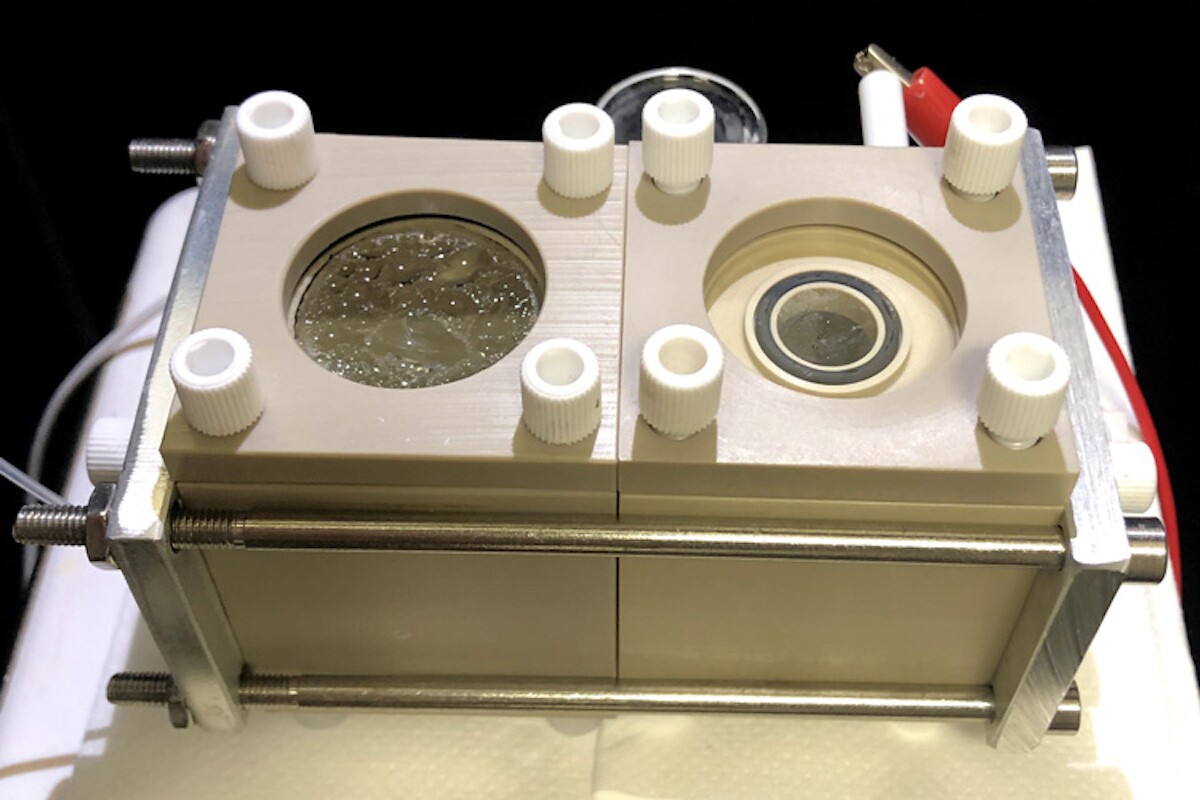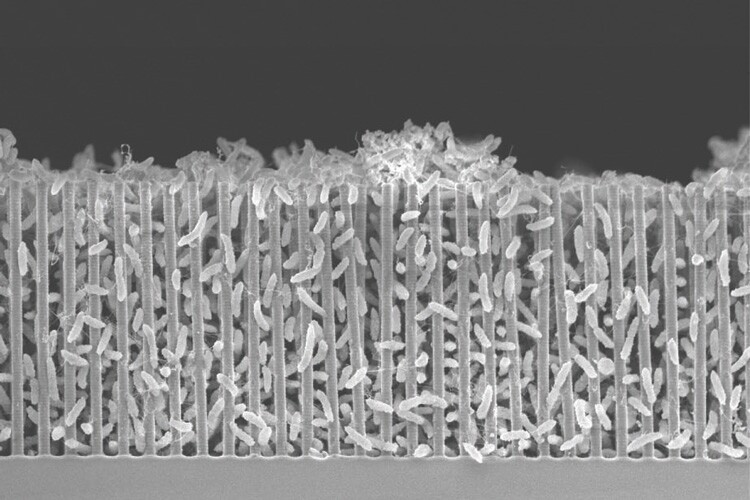Researchers have been working on a hybrid system that
creates the building blocks for organic molecules by capturing the
energy of sunlight. And this system works by combining bacteria and nanowires.
Background
We can’t ship packages between Mars and Earth back on forth:
one, that would be extremely expensive; two, it is not sustainable. So it
is necessary for us to have a plan to produce most items locally.
Details
Ø
Nanowires are incredibly thin silicon wires that
are about a hundredth of the width of a human hair. They are used as electronic
components, sensors, and solar cells.
Ø
In order to work it, we only need sunlight and
water, which Mars has plenty on its vast surfaces in frozen form.
Ø
The left side of the reactor is the chamber
which contains the nanowire-bacteria hybrid that
reduces CO2 to form
acetate. Oxygen is produced on the right side.
Ø
The team first demonstrated the
nanowire-bacteria hybrid reactor five years ago; however, the solar conversion efficiency
was only about 0.4%.
Ø
Top efficiency is achieved by operating at
the optimal acidity for bacteria, which gave more efficient conversion of solar
energy to carbon bonds.
Ø
The silicon nanowires are essentially like an
antenna: They capture the solar photon just like a solar panel. Within these
silicon nanowires, they will generate electrons and feed them to these
bacteria. Then the bacteria absorb CO2, and spit out acetate.
Ø
The biohybrid can pull carbon dioxide from the
air on Earth to make organic compounds. We can almost think of this as planting
new trees. While producing energy, it helps with climate change too. It brings
a good deal for everyone involved.
To know more, visit:-
➥New Atlas

Comments
Post a Comment